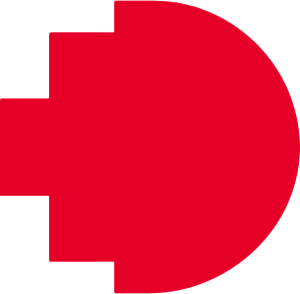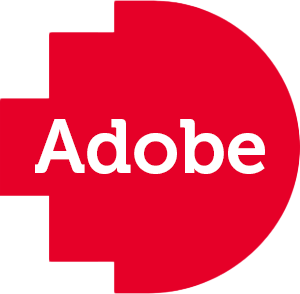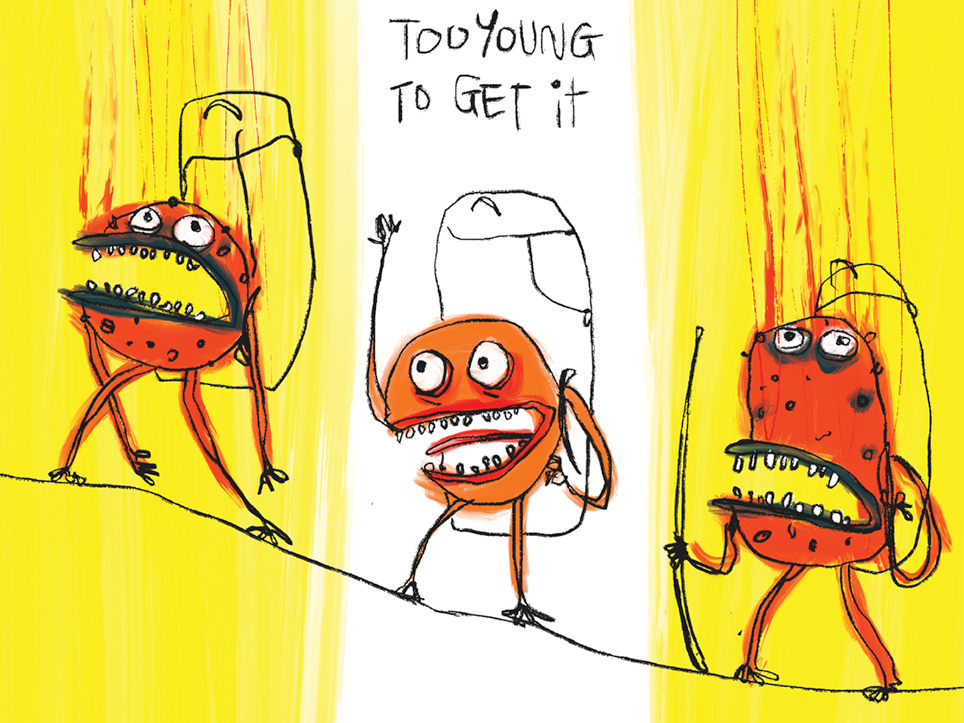"The Old World" produced in partnership with The Lifted Brow
Writing and Publishing
Digital Activation in the Bowen Street Press
Translating traditional publishing to a digital context
This project harnessed an innovative assessment strategy that supported the development of students’ digital capacities through a suite of integrated authentic assignments, each encouraging the translation of traditional publishing industry skills to a digital context.
Resources
> Teacher resource
> Assessment item
> Student instructions
> Criteria sheet
Download resources coming soon
Problem Statement
Like many industries, trade publishing is attempting to keep pace with a rapidly evolving digital milieu. Over and above traditional writing and editing skills, and familiarity with industry practices, publishing professionals increasingly require strong baseline technical literacy that encompasses both general and specialised digital technologies and tools. In particular, the next generation of practitioners will need a multifaceted, technology-agnostic skillset that is high on meta-functional expertise, allowing them to work effectively across relevant trade software as well as being comfortable to seek out, learn and adapt their working methods to new technologies.
Project Overview
Development at Bowen Street Press (COMM2714) is one of four connected Bowen Street Press studios, which provide a unique opportunity for Master of Writing and Publishing (MC262) students to experience active, authentic and applied industry learning in a real-world, student-led publishing house. Following an introduction to print-based book development and production in the first semester, the primary focus of this course is to support the development of students’ digital capabilities and equip them with technicals skills that will be in-demand by future employers.
Adobe programs have long been the backbone of desktop publishing and digital content production. This project systematically aligned our existing curriculum and assessment tasks with different programs and tools in the Adobe suite to provide students with hands-on, transferrable experience using industry tools for industry purposes. Each assessment task in this course was revisioned to require the use of one or more Adobe programs to transmediate the same print-first content (a 2,500-word research article) for different digital channels, audiences and goals. These included:
Premiere Rush: students used Premiere Rush to create a short video, intended for social media, that translated the key ideas and information from the research article for a general audience.
Photoshop and Express: students made use of Photoshop and Express to create a suite of graphic assets for integration into subsequent cross-platform materials, including a gif, static infographics, image tiles and an interactive data visualisation, each distilling data/information from the source content.
InDesign: students used InDesign to produce print, interactive and EPUB versions of the research article, integrating different visual assets depending upon the export format.
Portfolio: students used Portfolio to create a web-based version of the research article, presented in the form of an interactive or immersive digital narrative.
In addition to Adobe programs, students were introduced to a variety of free and open source programs and utilities to compliment their practice, developing broader familiarity with current available utilities and their functionality to support different publishing tasks and projects. At the conclusion of this project, each student has developed a portfolio of distinct yet integrated assets that demonstrate their technical proficiency using a range of professional applications for industry-specific scenarios alongside their capacity for creative reasoning.
Emergent Outcomes
Development at Bowen Street Press is a practical, industry-aligned course in which students first develop and refine technical skills through practice-based collaborative publishing projects and later go on to model these capabilities through individual summative assessment. Students foremost engaged with this project by way of their assessment tasks; however, the various technologies aligned to each assignment were also harnessed extensively for practical work and in-process feedback was given on students' progress.
Skill development across the different technologies was supported through a combination of self-paced learning modules, covering different aspects of digital publishing, and in-class software demonstrations. Due to the breadth of technologies covered, and the novice skill level of our student cohort, instruction was largely tailored toward the requirements of summative assignments and was often necessarily narrow in scope, particularly for specialist programs with a steep learning curve (InDesign, Photoshop). Importantly, because this course is part of a writing and publishing program, the objective when introducing students to these tools was not to build mastery of the software and rather to approach it as a heuristic for achieving a specific publishing goal. For this reason, the assessment criteria and rubric overwhelmingly tested students' digital communication skills, judgement, innovativeness and ability to adhere to task specifications.
As to be expected, each new assignment and corresponding technology was accompanied by an interim period in which students were working within their zone of proximal development but often just outside their comfort zone. Notably, this impression diminished with each new task and application, due to cumulative exposure to the Adobe interface and growing conceptual awareness of core principles (layers, tools, formats and file types etc.,). At the end of the semester, all students, irrespective of their skill level when commencing the course, reported higher levels of self-efficacy, greater confidence across the programs used and a willingness to seek out and experiment with new tools in the future.
Digital Capability Building
This project supported the development of students’ digital fluency by focusing upon technological changes and future-oriented digital skills in the writing and publishing field. It emphasised the growing need for publishing professionals to develop competence with prevailing industry software and familiarity with emergent technologies as an adjunct to the high-level technical skills traditionally expected of editors and publishers. Because the rate of technological advancement is rapid, a key goal was to promote students' confidence and capacity for future learning, acknowledging their ability to re-skill will likely be as important as any technical capabilities they currently have.
To do this, it supported technical literacy skills by: exposing students to as many digital tools as possible; encouraging the blending of different software/technologies for producing and disseminating content in a digital environment; modelling different technical approaches for realising task objectives; growing students' technical vocabularies by necessitating the creation of different file types and formats; and by helping students' build the confidence to adopt new technologies into their practice.
It also encouraged the development of information literacy skills by requiring students to engage with and think critically about the research article—which examined decarbonisation efforts within the Australian publishing industry—they were tasked with transmediating for different publication formats and end users. This required them to think critically about the content, undertake additional research, and reformat the material for different platforms and audiences while retaining core data and findings. As part of this process, they had to consider basic issues such as copyright and intellectual property, social media algorithms and audiences, and accessibility of the content for different users, all of which contributed to building their critical literacy.
Key Learnings
Development at Bowen Street Press has progressively focused upon technological changes and future-oriented digital skills in the writing and publishing field, encouraging students to harness their growing expertise in content curation and development for screen-based publications. This project has reinforced the necessity for a focused digital curriculum for writing and publishing students—not just because graduates will be expected to have good baseline digital skills but also because, anecdotally, many students in this discipline tend to be resistant to trialling new technologies or intimidated by digital tools, despite almost always being digital natives themselves. This project has shown that students are able to quickly adopt new technologies and tools when they are sufficiently scaffolded and framed by familiar praxis.
This project also demonstrated that students can come to the discipline with preconceived ideas about what working within publishing entails, and these can sometimes be at odds with the practical and commercial realities of the industry. In encouraging students to view the book more expansively, as a communication medium rather than merely a codex, this project allowed them to consider the different affordances of print and digital publishing and reinforced the necessity for balancing digital and analog formats and practices in our curriculum.











